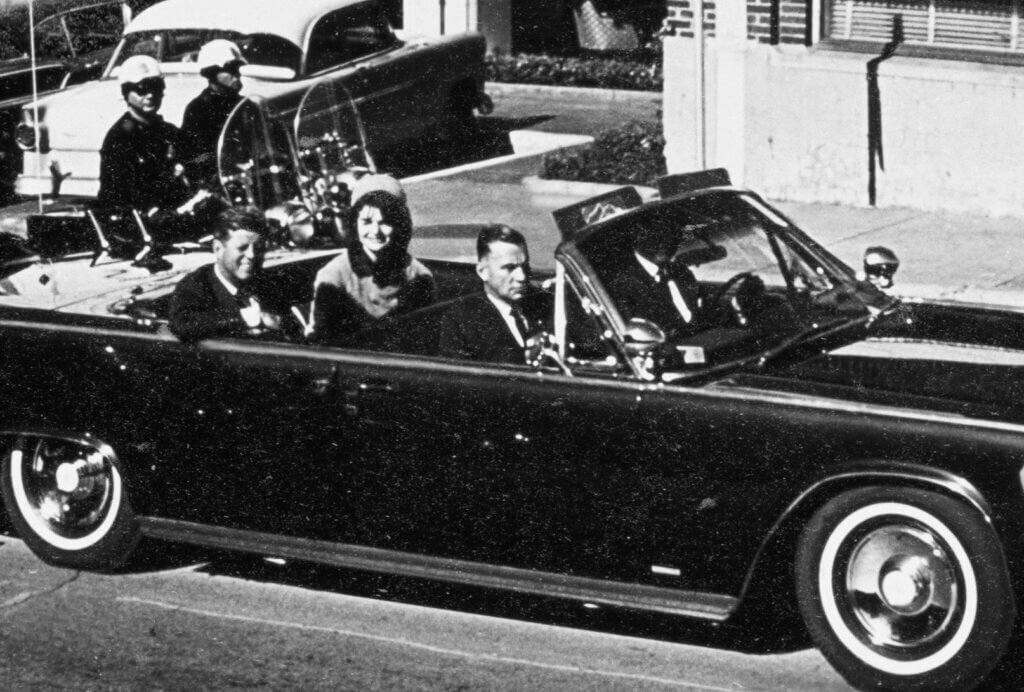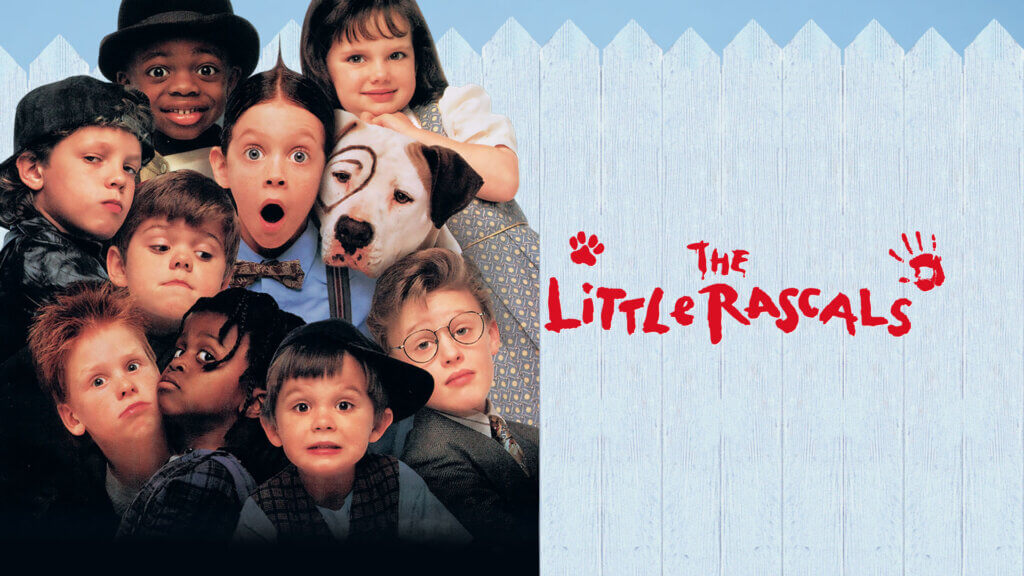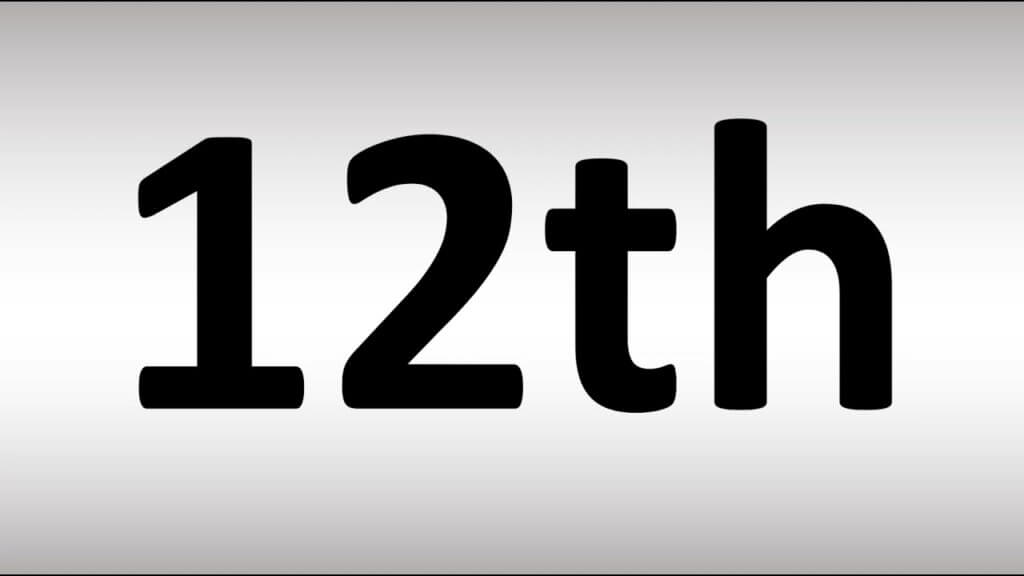Few events are as burned into the collective memory as the assassination of John F. Kennedy on November 22, 1963. It’s a moment that has been studied, replayed, and analyzed for decades. But recently, many have begun noticing strange inconsistencies between what they remember and what history now shows.
These inconsistencies have been the focus of a Mandela Effect—where large groups of people recall historical details that no longer match our current reality. One of the most compelling sources covering this shift is All Time, a YouTube creator known for exploring these bizarre memory anomalies. In one of his recent videos, he breaks down several key details of the JFK assassination that many believe have changed.
All Time Breaks It Down
All Time’s video explores these strange discrepancies in detail, and it’s worth a watch if you’ve ever felt like something was off about how this historic event is portrayed today.
Let’s take a look at three major points that are frequently cited in this Mandela Effect:
Memory: JFK Was in a Four-Seater Car With Three Other People
Many people clearly remember the presidential limousine as having just two bench rows—a four-seater with four people inside: the driver, a Secret Service agent, Jackie Kennedy, and JFK.
But in reality, the car was a custom six-seater with three rows and six passengers:
- Driver
- Secret Service agent
- Texas Governor John Connally
- Nellie Connally
- Jackie Kennedy
- President John F. Kennedy
This alone is jarring. The existence of a third row—and two additional passengers—feels completely foreign to many. Numerous viewers in All Time’s comments section were stunned to see the six-person setup in the footage.
To help visualize the memory so many hold, we at MandelaEffects.net created a photoshopped version of the car, showing only the four people remembered by millions.
This image has become one of the most iconic representations of the Mandela Effect and is featured on our About page as it is one of the earliest examples.

Memory: The Zapruder Film Was in Black and White
The infamous Zapruder film, which captured JFK’s assassination on a handheld camera, is widely remembered by many as being black and white—grainy, old-fashioned footage, consistent with 1960s technology.
But in current reality, the Zapruder film is in full color, and always has been.
This is one of the most unsettling shifts for those who swear they remember watching the film in black and white, whether in school, documentaries, or history specials.
Memory: JFK Was Shot Once—in the Forehead
Another widely remembered detail is that JFK was struck once, directly in the forehead, often described as a front-facing shot. This detail fueled decades of speculation and conspiracy theories, especially regarding a possible second shooter.
But according to the official account and modern footage, JFK was shot twice:
- Once in the upper back
- Once in the head (the fatal shot), with the trajectory indicating a shot from behind
The angle and number of shots have both changed in the eyes of many, which is especially alarming given how closely this event has been studied.
Why Does This Matter?
When something as well-documented as the JFK assassination begins to feel off, it raises important questions about the nature of memory, perception, and even reality itself. Whether you believe these changes point to alternate timelines, glitches in reality, or just widespread misremembering, the fact remains: people are noticing—and they’re not alone.
So what do you remember?
- Was JFK’s car a four-seater or a six-seater?
- Was the Zapruder film in black and white?
- Was he shot once or twice?
Let us know in the comments below. The truth may be more fluid than we once believed.





